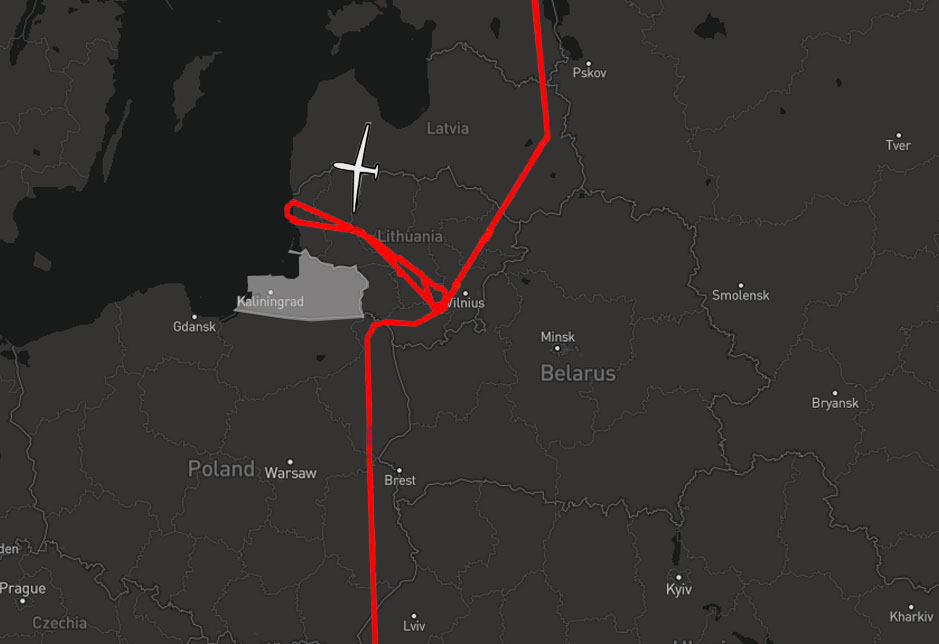A giant U.S. Air Force RQ-4 surveillance unmanned aerial vehicle made spy mission near Russian enclave of Kaliningrad on the Baltic on 16 December.
U.S. RQ-4B surveillance unmanned aerial vehicle belonging to the 9th Operations Group/Detachment 4th of the U.S. Air Force deployed to Sigonella from Beale Air Force Base, California, have been flying surveillance missions near Russia’s exclave on the Baltic.
The Russian exclave of Kaliningrad is a federal subject separated from Russia and situated on the Baltic Sea.
The exclave, bordered by NATO-member states Poland to the south and Lithuania to the east and north.
Until 1945, Kaliningrad was known as Königsberg, the former capital of East Prussia. But after its World War II victory over Nazi Germany, the Soviet Union annexed the city and the surrounding area, which served as a strategically vital warm-water port on the Baltic.
At the moment, Kaliningrad is a region of tension between NATO and Russia in mind, of the fact that Moscow might move to deploy short- and intermediate-range land-based nukes and conventional missiles in its enclave of Kaliningrad – turning Europe into a potential nuclear battlefield.

As for RQ-4 Global Hawk, it is high-altitude, long-endurance (HALE) unmanned aircraft system designed to provide military field commanders with comprehensive, near-real-time intelligence, surveillance, and reconnaissance over large geographic areas.
The superior performance of the Global Hawk’s system significantly enhances the U.S. military’s ability to prevail in all types of operations from sensitive peacekeeping missions to full-scale combat.
It has a wingspan of over 130 feet and has a maximum takeoff weight of 16 tons, making it unusually large for an unmanned aircraft system.